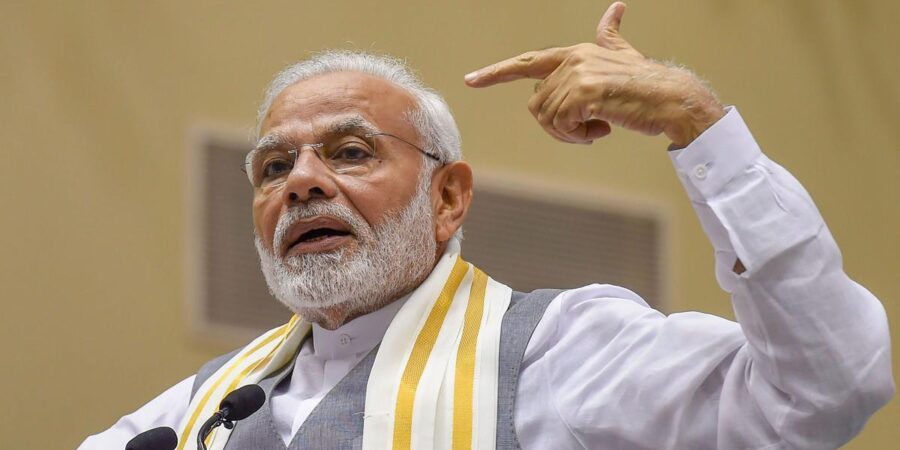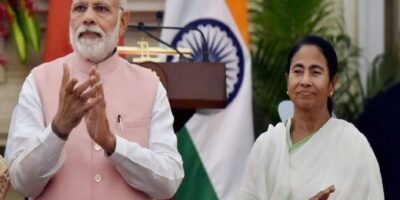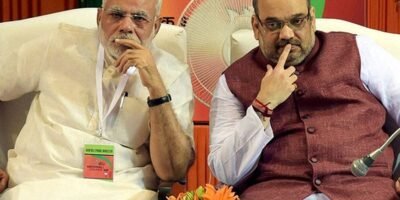Modi govt reestablishes center around Ayushman Bharat, to rank states on nature of health focuses

While the Modi government is changing over social insurance focuses in provincial territories into wellbeing and health focuses (HWCs), it has now chosen to rank states based on their health focuses, in an offer to keep up their quality.
The Modi government has visualized the HWCs as one-stop human services communities for country India through which it can regulate its leader medical coverage plot, Ayushman Bharat or the Pradhan Mantri Jan Arogya Yojana (PM-JAY). Under the plan, the focuses — sub-focuses, essential wellbeing focuses and the network wellbeing focuses — are being changed over into the wellbeing and health focuses.
The legislature has so far changed over around 18,000 medicinal services focuses into HWCs (as of February 2019) against its objective of 1.5 lakh by 2022. It has now chosen to keep up a positioning for states to guarantee that their quality does not decrease.
The new 11-criteria positioning framework will be founded on the condition of foundation, persistent admission, least commanded labor and viability of medicinal screening, among others.
The health focuses will be audited quarterly, as indicated by the new strategy.
The positioning of the provincial medicinal services focuses is basic as not in any case a solitary focus in 15 Indian states had met the absolute minimum quality norms — set by the Ministry of Health and Family Welfare during a study in February.
New Health Minister, Dr Harsh Vardhan, likewise emphasized — while assuming responsibility Monday — that the HWCs are among his top center territories. ‘Will guarantee that PM-JAY achieves each corner in the nation, and endeavor to get more medical clinics under its ambit for more extensive advantages,’ the official Twitter handle of the wellbeing service cited him as having said. ‘I will keep in touch with the CMs of states which still need to embrace PM-JAY to join this. My attention is additionally on HWCs under Ayushman Bharat.
‘Through the Health and Wellness Centers under Ayushman Bharat, we will advance preventive and promotive wellbeing, and improve mindfulness about solid way of life,’ he included.
How the states be positioned?
The administration, while arrangements for the Lok Sabha decisions were in progress the nation over, had held an introduction on 8 April to examine the configuration of the HWCs’ report card.
Most of the positioning focuses, 25 percent of them, will be granted for a state’s endeavors in overhauling sub-focuses and essential wellbeing focuses to HWCs.
A further 20 percent has been put aside for preparing of staff, the structure of framework and accessibility of medications and diagnostics. It will likewise incorporate the strength of the HWC to direct teleconsultation, forcefulness in giving wellbeing exercises, for example, yoga and execution based installment of their main wellbeing officer.
Around 15 percent is put aside for states that effectively specify the bigger number of the populace into the plan as against the all out populace of the territory.
The littler segments, gauging 5 percent, have been put aside for the states’ capacity to get their HWCs to cover pregnant ladies experiencing pre-birth checkups, number of institutional conveyances and number of youngsters who have gotten full vaccination among others.
The administration has additionally chosen to gauge these focuses based on their screening drives. For example, the quantity of people more than 30 years screened for hypertension, diabetes, oral disease and bosom malignancy at the HWCs would acquire the states more focuses.
Why the move is significant?
As indicated by discoveries by the Center for Policy Research (CPR), a New Delhi-based research organization, which examined government information, a significant part of the three-level human services framework — of sub-focuses, essential wellbeing focuses and network wellbeing focuses — does not adjust to the Indian Public Health Standards (IPHS) set by the wellbeing service.
ThePrint had before revealed that out of the 1.58 lakh sub-focuses, just 11,000 focuses (a unimportant 6 percent) met IPHS standards. Correspondingly, of the 25,700 essential wellbeing focuses, just 3,000 (12 percent) clung to the standards while in the event of network wellbeing focuses, just 728 of the 5,600 pursue fundamental guidelines.




Comments are Closed